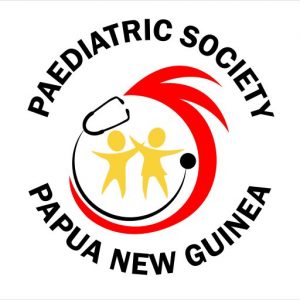This page contains tools for Quality Improvement in Paediatric Care.
Assessment checklist for quality improvement
Quality check list for paediatrics
Above is a link to a ‘self-assessment’ checklist, to identify areas where improvements are needed. It is not meant to be too detailed, just key quality indicators that you can run through, to highlight strengths, identify gaps, and make changes.
Improving monitoring and identification of the deteriorating patient
Paediatric monitoring and response chart 2023
These charts have thresholds for escalation (Red you must call a doctor – registrar or above – to review the child ASAP; Orange, you should also be alert and escalate to a senior nurse or RMO). These charts require trained nurses who understand how to plot the charts, and RMOs and registrars who can come to review patients and make assessments if observations are in the Red zone. Depending on the frequency of observations, each chart can last 2 days (if 2nd hourly observations), 3 days (if 3rd hourly observations) or 4 days (if 4 hourly observations). The frequency of observations is prescribed by the doctor, depending on the severity of the patient, and this changes as the child improves.
PNG Paediatric Quality Improvement Program
The components of this program include:
- A quality improvement team in each hospital
- Use of a Quality Improvement Checklist for paediatric health services
- Regular mortality and morbidity audits
- Training on the care of seriously ill children, through the WHO Hospital Care for Children training
- Establishment of intensive care areas in the paediatric wards for the care of the most critically ill children
- Paediatric monitoring and response charts with early warning indicators and escalation processes
- Infection control and antibiotic stewardship, including hand hygiene
- Improved systems for managing children with chronic conditions (cerebral palsy or developmental problems, epilepsy, chronic cardiac, respiratory, cancer)
- Improved laboratory support and diagnostic tests, especially diagnostics to guide antibiotic use
- Continuing medical education for paediatricians and paediatric nurses
Communication about seriously unwell patients – improving handover
ISBAR communication tool for seriously ill patients March 2019
- Registrars should be present at handover every morning
- Report on admissions overnight – numbers, diagnoses
- Say specifically which beds the sickest patients are in (all new admissions and children who have deteriorated), whether in the wards or still in emergency department
- Report on patients who have deteriorated or been admitted to the PICU area overnight.
- Start a PICU handover as part of the morning handover, with a status update of the patients in the PICU or high dependency area on your ward in provincial hospitals.
For the handover of the sickest patients, and any seriously ill children who present overnight and might still be in the emergency department, hospitals may use a communication tool called ISBAR (introduction / situation / background / assessment / recommendation).
Personalized management plans for children with chronic conditions
Personal management plan generic
Personal management plan asthma
Personal management plan epilepsy
Completed example: Personal management plan diabetes

